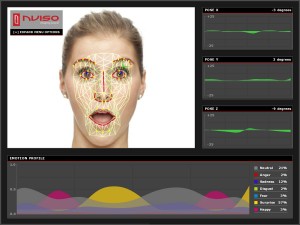 Insects might have feelings according to an article in Wired Science. Honeybees especially are now being looked as pessimists.
Insects might have feelings according to an article in Wired Science. Honeybees especially are now being looked as pessimists.
The ability to display and recognize emotions is a cognitive trait that has been limited, until now, to higher animals such as dogs, horses and humans.
Newcastle researchers, Melissa Bateson and Jeri Wright wrote in their study that the findings “suggest that honeybees could be regarded as exhibiting emotions.”
Their experiments were designed to show whether animals are, like humans, capable of experiencing cognitive states in which ambiguous information is interpreted negatively.
“Invertebrates like bees aren’t typically thought of as having human-like emotions,” said Bateson, “Way, way back, we share a common ancestor. The basic physiology of the brain has been retained over evolutionary time. There are basic similarities [between honeybees and vertebrate neurological traits].”
The study has some interesting findings and Bateson goes on to note, “It would be interesting to know if pesticides were altering their cognition, creating states similar to depression.”
 New research, conducted by Human Communication Research , suggests that sender demeanor may be the most influential source of variation in deception detection judgments.
New research, conducted by Human Communication Research , suggests that sender demeanor may be the most influential source of variation in deception detection judgments. Genevalunch.com just announced this new technology brought to us by nViso . According to their website, this Lausanna based start-up has made a technical breakthrough.
Genevalunch.com just announced this new technology brought to us by nViso . According to their website, this Lausanna based start-up has made a technical breakthrough.